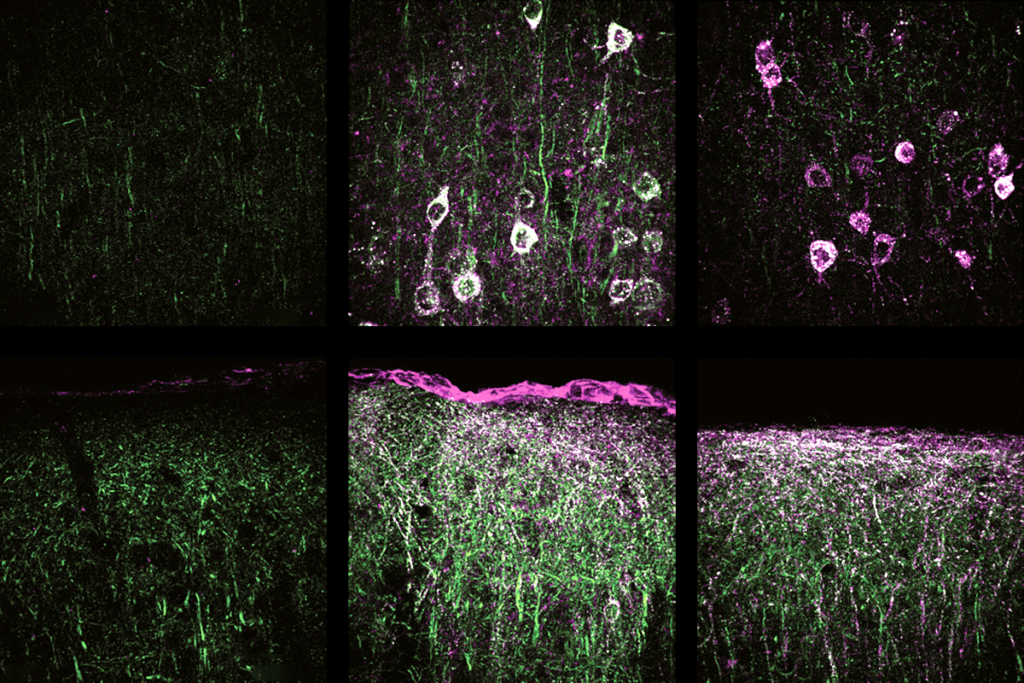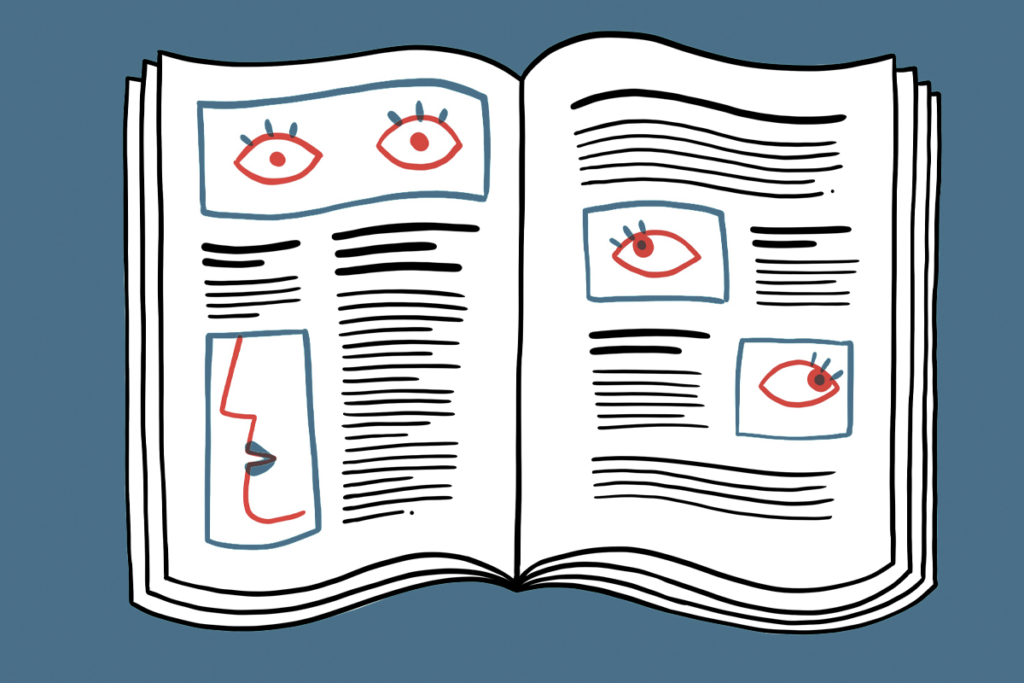Brain station; monkey business; duplication dilemma
Researchers are proposing an ‘international brain station’ to share data between labs, China is becoming the destination for primate research, and 1 in 25 papers contains inappropriately copied images.
- Neuroscientists from around the world gathered in Baltimore last week to brainstorm big collaborations that would rival boundary-pushing projects in astronomy and physics.Some researchers want to concentrate efforts on treating specific conditions, such as Alzheimer’s disease and depression. Others want to focus on the intricate wiring of the brain and how it underlies behavior. But all of them agree that data from the projects — whatever they might be — should be shared and analyzed across laboratories and geographic borders.
“The raw data gathered by generations of graduate students and postdocs has been lost because we haven’t come up with a good system for archiving and sharing data,” Michael Hausser, professor of neuroscience at University College London, told Science.
The group proposed an ‘international brain station’ that would digitally store neuroscience data, much like the Sloan Digital Sky Survey stores telescope images. They plan to meet again in September to refine the idea and send an official proposal to the United Nations General Assembly.
- An article in Nature this week describes the Yunnan Key Laboratory of Primate Biomedical Research in southwestern China as “a Mecca for cutting-edge primate research.” The sprawling “compound” is home to some 1,500 monkeys, many of which harbor mutations to model human disorders.The massive collection has researchers in the U.S. and Europe worried, Nature reports.
“China will become the place where all therapeutic strategies will have to be validated,” says Erwan Bezard, who studies Parkinson’s disease at the University of Bordeaux in France. “Do we want that? Or do we want to stay in control?”
It costs about $6,000 to buy a research monkey in the U.S. and $20 per day to care for it, according to Nature. In China, a monkey costs $1,000 upfront and just $5 per day. The low cost of monkey maintenance is luring American and European researchers to China to conduct primate research. Bezard, for instance, is based in France but has a primate-research company in Beijing, according to Nature.
In January, Chinese researchers reported that monkeys with multiple copies of the Rett syndrome gene MeCP2 show autism-like behaviors, such as social deficits and repetitive behaviors. The gene-editing tool CRISPR may make it easier, faster and cheaper for researchers to engineer monkey models of human conditions.
- As many as 1 in 25 biomedical research papers contain “inappropriately duplicated images,” according to an analysis of more than 20,000 papers published between 1995 and 2014.Some of these images are reused in the same paper to represent two separate experiments. Other images are altered to represent two parts of the same experiment. The study provides cringe-worthy examples ranging from Photoshopped western blots to mysteriously similar microscopy images published in journals such as PLOS ONE, Nature, Science and the Proceedings of the National Academy of Sciences.
“Some of these examples are almost funny, in a disturbing way — they’re so obviously copied,” lead researcher Elisabeth Bik, research associate in microbiologist David Relman’s lab at Stanford University, told Retraction Watch. “On the other hand, these papers have been reviewed and seen by editors, and downloaded hundreds or thousands of times.”
Bik’s study is posted on the preprint server bioRxiv. She says three journals have said ‘no’ to publishing it. “I expect this to be a controversial paper,” she told Retraction Watch. “No journal wants to hear a percentage of their papers is considered very bad.”
- Giving lab mice dirty roommates from pet shops or petting zoos makes their immune systems more human-like, according to a paper published Wednesday in Nature.The findings serve as an important reminder of the differences between lab mice — which are often inbred and housed in sterile environments — and people. Studying mice with more human-like immune systems could boost the odds of translating research into treatments for people, the researchers say.
The dirty roommates are hard to live with, however. Many of the lab mice got sick in their new setup, and one in five died. That said, the ones that survived emerged stronger and better able to fend off dangerous bacteria, such as Listeria. These mice express immune genes similar to those in adult humans, whereas mice raised in sterile environments express immune genes akin to those in newborn babies.
- Chinese researchers have once again used CRISPR to edit human embryos. Their goal was to introduce a mutation that would make the embryos resistant to HIV, and they succeeded. But the relatively muted reaction to the feat, described 6 April in the Journal of Assisted Reproduction and Genetics, was a win for other researchers looking to edit human embryos — an act long seen as crossing into an ethical gray area.A year ago, when a separate group of Chinese researchers used CRISPR on human embryos, there was a backlash. (The creators of the gene-editing tool had recently called for a ban on its use to edit human genes.) But public opinion appears to be changing, with researchers in Europe and the United Kingdom gaining approval to start embryo-based experiments.
“We should give the public the credit for being able to understand the difference between research into genetically modified embryos and genetically modifying human beings,” Sarah Chan, bioethicist at the University of Edinburgh, told Nature. “I think it’s a good thing if the hubbub dies down a bit.”
Recommended reading

Autism scientists push back on CDC’s inaccurate vaccine claims

Gene replacement therapy normalizes some traits in SYNGAP1 model mice
Explore more from The Transmitter

Neurophysiology data-sharing system faces funding cliff

